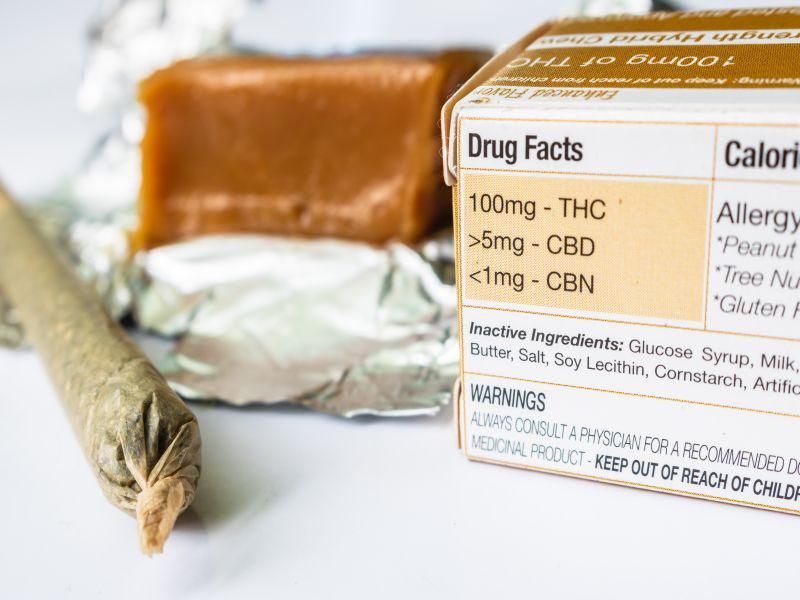TUESDAY, April 13, 2021 (HealthDay News) — Patients, beware: You might not be able to trust the label on that medical marijuana product you just brought home.
Levels of the two active ingredients in medicinal cannabis — THC and CBD — can vary widely from those claimed by distributors, a new study warns.
“People are buying products they think are THC-free but, in fact, contain a significant amount of THC,” said researcher Jodi Gilman, of the Center for Addiction Medicine at Massachusetts General Hospital in Boston.
It’s particularly problematic when THC — the ingredient responsible for marijuana’s “high” — is found in medical marijuana labeled to be “CBD only,” the study authors said in a hospital news release.
More states are legalizing marijuana and demand is increasing, but there are no consistent labeling rules, the researchers noted.
Although federal law bans the psychoactive ingredient in cannabis — known as delta 9-tetrahydrocannabinol (THC) — states have been legalizing it. Cannabidiol (CBD), however, is not regulated by the U.S. Food and Drug Administration.
This has led to inconsistent laws so that users can’t be sure what they’re getting, the study authors said.
In the study, the researchers analyzed urine samples from nearly 100 clinical trial participants to look at the effect of medical marijuana on anxiety, depression, pain or insomnia.
In about one-third of urine samples, no CBD was found even though the products these participants used were supposed to contain mostly CBD or a roughly equal balance of CBD and THC.
THC was found in nearly 80% of the samples, including those from patients who thought they were only getting CBD, according to the report.
“One patient reported that she took a product she thought only contained CBD, and then when driving home that day she felt intoxicated, disoriented and very scared,” Gilman said in the news release.
How patients took the medical marijuana also mattered. About 20% of those who reported that they were vaping it had no detectable levels of THC or CBD in their urine samples.
This suggests that some vaping devices may not heat marijuana products enough for patients to inhale the active ingredients.
“A lot of questions about the content of the products and their effects remain,” Gilman said. “Patients need more information about what’s in these products and what effects they can expect.”
The findings were published online April 12 in JAMA Network Open.
More information
Learn more about medical marijuana at NORML, the National Organization for the Reform of Marijuana Laws.
SOURCE: Massachusetts General Hospital, news release, April 12, 2021
Copyright © 2025 HealthDay. All rights reserved.

